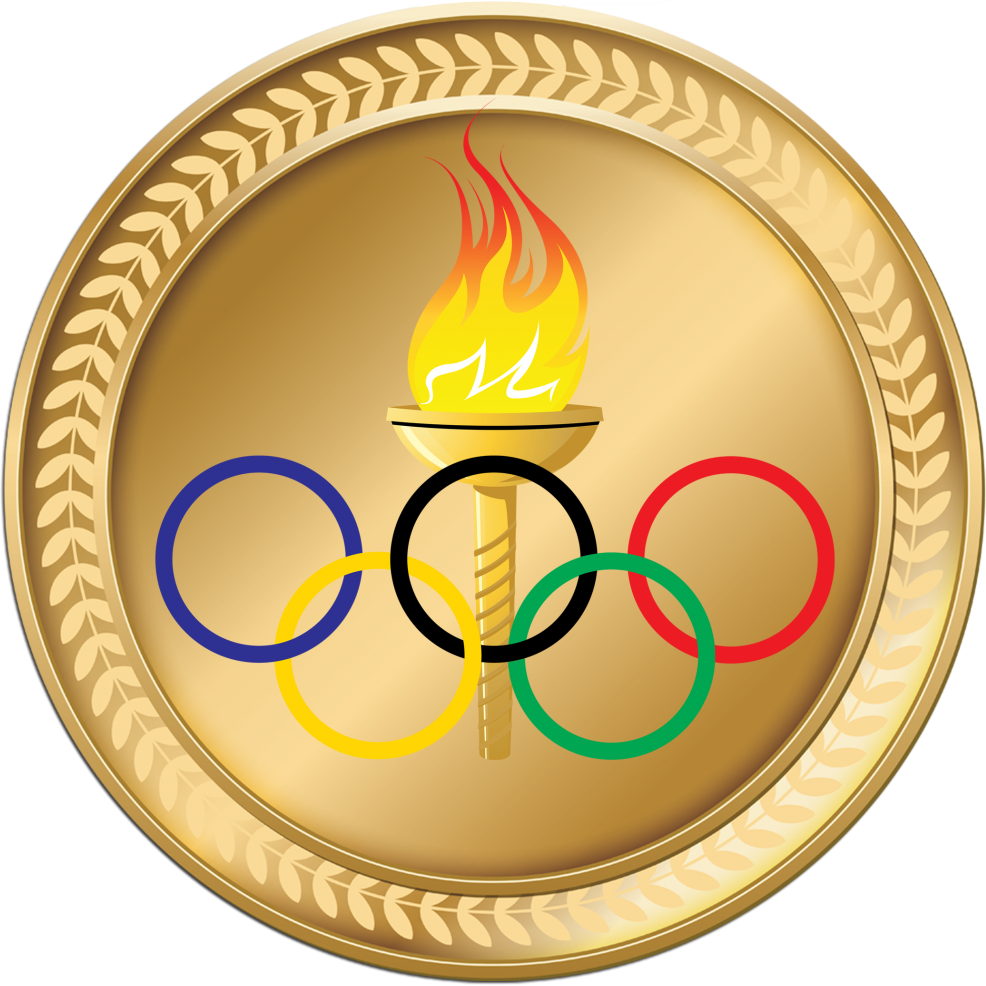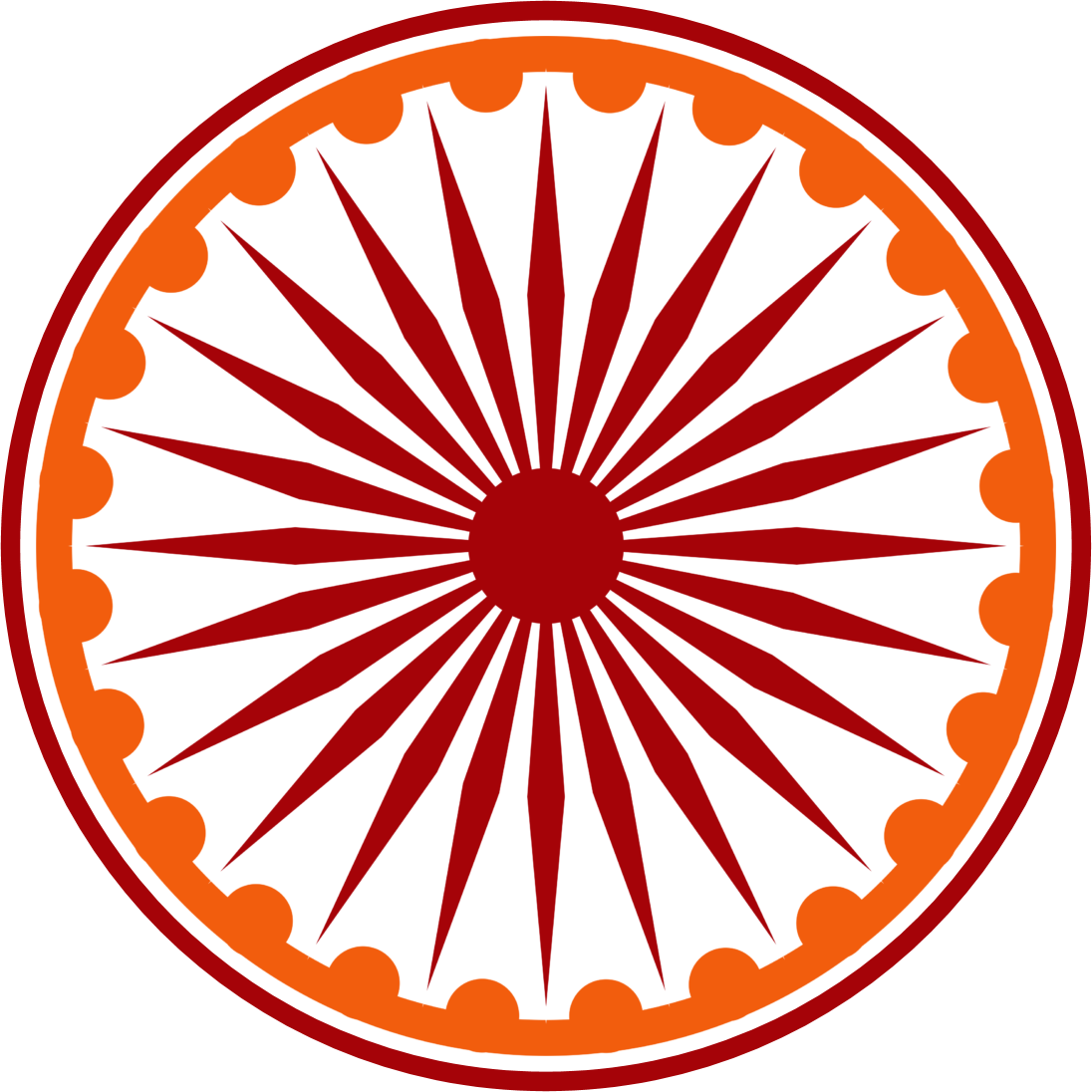blockerdave
ICC Chairman
Double pick for me!
ALLAN BORDER
"Captain Grumpy", Border took over a poor side after Kim Hughes' resignation, and his first Ashes series as captain was disrupted by the rebel tour to South Africa. The best batsman in the side throughout the early/mid-80s (as Greg Chappell was past his best, and Hughes inconsistent), the team he took over was pretty poor and at a low ebb. He lost his first two Ashes as captain (in England in 85 and at home in 86/87). But then he laid the foundations for what would become the dominant side of the era, winning the Ashes in England in 1989, which the Aussies would retain until the classic series of 2005.
AB played 42 Ashes Tests, scoring 3,222 runs at 55.55 with 7 hundreds and a best of 200*. He was unquestionably the founder of the Aussie dominance in the 90s, a far cry from the side he inherited.
IAN BOTHAM
"Botham's Ashes" in 1981 has passed into legend - batting, bowling and taking great slip catches, Botham was the defining figure of Ashes contests in the 80s. My own memories start from when Botham was way way past his best: fat, injured and playing on reputation. But what a reputation. Botham was a fine bowler, great controlled swing and a rapid-enough pace when he was younger, but he was also king of getting balls from shocking wide long-hops: batsmen just saw him at the other end and got themselves out. With the bat, he could be elegant and he could be agricultural... but he was nearly always worth watching.
Beefy played 32 Ashes matches, taking 128 wickets at 28.04 with a best of 6/95 and taking 7 5-fers and 1 10 wicket match. Batting he scored 1,486 runs at 29.13 with 3 hundreds with the highest being his unforgettable 149* at Headingley in 1981.
Let's hope somebody from the current England side has something like that in their locker in the 2nd inns!
@Aislabie - your go
ALLAN BORDER
"Captain Grumpy", Border took over a poor side after Kim Hughes' resignation, and his first Ashes series as captain was disrupted by the rebel tour to South Africa. The best batsman in the side throughout the early/mid-80s (as Greg Chappell was past his best, and Hughes inconsistent), the team he took over was pretty poor and at a low ebb. He lost his first two Ashes as captain (in England in 85 and at home in 86/87). But then he laid the foundations for what would become the dominant side of the era, winning the Ashes in England in 1989, which the Aussies would retain until the classic series of 2005.
AB played 42 Ashes Tests, scoring 3,222 runs at 55.55 with 7 hundreds and a best of 200*. He was unquestionably the founder of the Aussie dominance in the 90s, a far cry from the side he inherited.
IAN BOTHAM
"Botham's Ashes" in 1981 has passed into legend - batting, bowling and taking great slip catches, Botham was the defining figure of Ashes contests in the 80s. My own memories start from when Botham was way way past his best: fat, injured and playing on reputation. But what a reputation. Botham was a fine bowler, great controlled swing and a rapid-enough pace when he was younger, but he was also king of getting balls from shocking wide long-hops: batsmen just saw him at the other end and got themselves out. With the bat, he could be elegant and he could be agricultural... but he was nearly always worth watching.
Beefy played 32 Ashes matches, taking 128 wickets at 28.04 with a best of 6/95 and taking 7 5-fers and 1 10 wicket match. Batting he scored 1,486 runs at 29.13 with 3 hundreds with the highest being his unforgettable 149* at Headingley in 1981.
Let's hope somebody from the current England side has something like that in their locker in the 2nd inns!
@Aislabie - your go





















